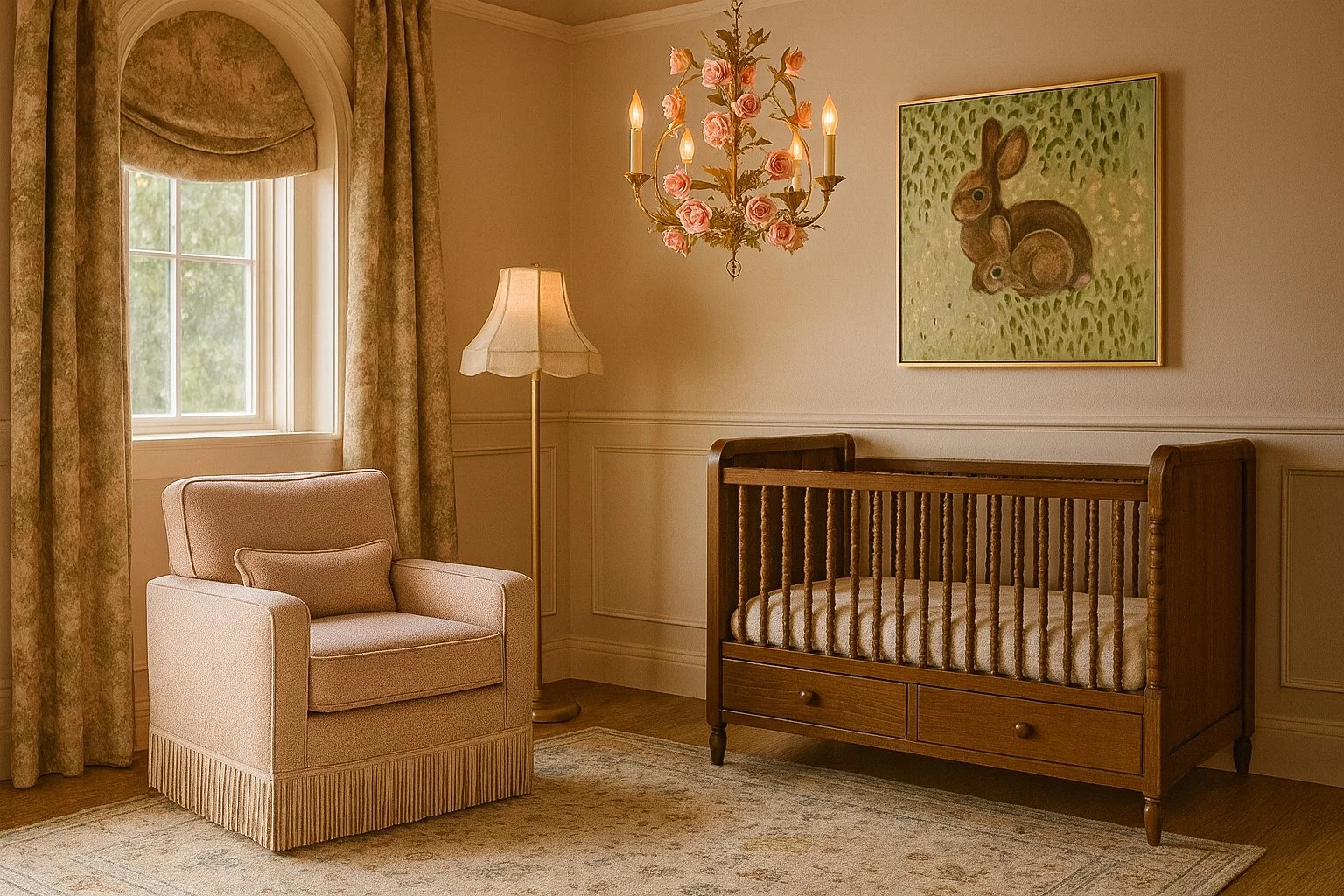The Secret Designers Know: How “Visual Weight” Shapes Every Room
Most people think design is about matching colors, picking pretty tiles, or finding the right sofa. But the truth is, what makes a space feel right—calm, expensive, finished—has less to do with what you choose and more to do with how it visually balances.
Designers talk about this in terms of visual weight—how heavy or light something looks in a space. You can’t measure it with a scale, but your eyes feel it immediately. A black cabinet carries more visual weight than a white one. A thick marble countertop “weighs” more in the room than a thin quartz slab. Even texture can add weight. For example, think rough stone versus soft linen.
When visual weight is off, a room feels awkward—like all the furniture is pulled to one side or the walls are closing in. You might not know why the space feels wrong, but your brain absolutely does.
Why Visual Balance Matters
Our eyes crave balance. It’s why we instinctively step back when styling a console table or rearranging a gallery wall because we’re searching for visual equilibrium. Designers are trained to see this immediately. We distribute “weight” across the room so that nothing feels too top-heavy, bottom-heavy, or visually chaotic.
A few examples:
Lighting: Oversized pendants over a small island make the room feel crowded, while too-small fixtures can make the ceiling look unfinished. The goal? Proportion that grounds the space without overpowering it.
Tile and Texture: A high-contrast tile pattern can visually dominate a small bathroom. To balance it, we might add soft, low-contrast wall color or a simple vanity design.
Furniture: A chunky sofa paired with dainty end tables throws the room off. Instead, designers pair similar visual weights, or intentionally contrast them in a controlled way.
In our Heritage nursery project, we chose to make the crib the visual weight of the room. Everything else is light and soft, but the crib anchors the room.
The Trick to a “High-End” Look
Here’s the part no one tells you: expensive design isn’t about spending more money. It’s about controlling contrast and balance. You can buy the same tile or cabinet as your neighbor, but if the proportions, sheen, and visual weight are wrong, it will never feel elevated.
That’s why designers obsess over things like:
The thickness of your countertop edge
The scale of your cabinet hardware
The height of your drapery rods
The spacing of your lighting plan
Each one shifts how the room “reads” visually, and when all of them work together, your home instantly feels calm, intentional, and high-end.
Design You Can Feel
Great design doesn’t shout. It whispers. It feels effortless, because the balance has already been done for you. When you walk into a space designed with visual weight in mind, your eyes can rest, and that’s what creates the luxury feeling people can’t quite describe, but always notice.
At House of Life and Love, that’s our secret sauce: crafting spaces that not only look beautiful but feel balanced. Because harmony is the real hallmark of good design—and you don’t need to be a designer to feel it.
Love,
Lindsay

